Introduction
In the vast landscape of culinary rumors and urban legends, one particular tale has persisted for years, captivating the minds of both the curious and the skeptical alike. This tale questions the authenticity of a beloved food item enjoyed across various cultures and generations—pork floss, or “rou song” in Chinese. The persistent rumor posits that pork floss, a lightweight, shredded meat product often used as a topping or filling in various dishes, is actually made of cotton. This claim, while intriguing, raises several questions about food safety, cultural integrity, and the very essence of culinary tradition. In this comprehensive exploration, we will delve into the origins, production processes, and scientific analysis of pork floss to definitively answer the question: Is pork floss made of cotton?
Understanding Pork Floss: A Culinary Delight
Before we dissect the rumor, it’s crucial to understand what pork floss actually is. Pork floss, also known as meat floss or simply “floss,” is a type of dried, shredded meat product primarily made from pork. It is characterized by its lightweight texture and ability to retain flavor while adding a unique mouthfeel to dishes. Originating in China, pork floss has become a staple in Asian cuisine, particularly in Taiwan, where it is widely used in snacks, sandwiches, and as a topping for rice bowls and buns.
The production of pork floss involves several key steps, starting with the selection of high-quality pork meat, typically from the leaner parts of the pig. The meat is then cooked, often slow-cooked, to tenderize it and enhance its flavor. Once cooked, the meat is shredded into fine strands using specialized machinery or traditional methods involving hand-shredding. These strands are then dried to remove moisture, resulting in the lightweight, fluffy texture that defines pork floss. Seasonings such as sugar, soy sauce, and spices are often added during the cooking or drying process to give pork floss its distinctive taste.
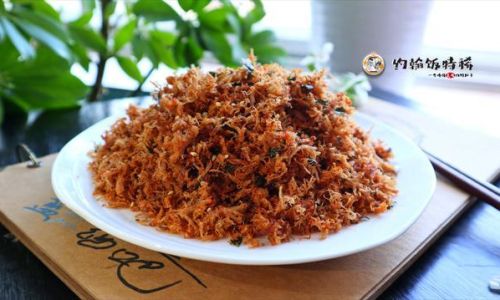
The Rumor: Cotton as a Pork Floss Substitute?
The rumor that pork floss is made of cotton first emerged in the realm of internet forums and social media, where misinformation can spread rapidly. The claim often cites the similarity in texture between cotton and dried pork floss as evidence, suggesting that manufacturers might be using a cheaper, more abundant material to cut costs. This rumor has gained traction among those who are skeptical of food safety practices and the globalization of food production.
However, a closer examination of the production processes and economic realities surrounding pork floss reveals several reasons why this rumor is unlikely to be true.
Economic and Practical Considerations
-
Cost Analysis: Pork, especially high-quality lean pork used in pork floss production, is a relatively expensive commodity. In contrast, cotton, while an essential agricultural product, is primarily used for textile manufacturing and other industrial purposes. The cost of producing cotton-based floss that mimics the taste and texture of pork floss would be prohibitively high, making it economically unviable for manufacturers.
-
Production Processes: The production of pork floss involves a series of specialized steps, including cooking, shredding, and drying, that are tailored to meat products. These processes are not easily adaptable to cotton, which has different physical and chemical properties. Attempting to transform cotton into a meat-like product would require extensive and costly processing that would likely result in a product that is neither economically feasible nor palatable.
-
Regulatory Oversight: Food safety regulations in many countries, including those in the Asia-Pacific region where pork floss is popular, are stringent. Manufacturers are required to adhere to strict guidelines regarding ingredient sourcing, processing, and labeling. The use of cotton in pork floss would be a clear violation of these regulations, exposing manufacturers to legal and reputational risks.
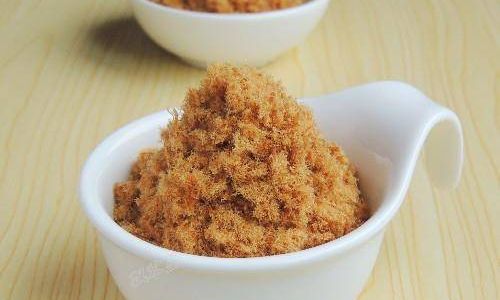
Scientific Analysis: Disproving the Rumor
To further dispel the rumor, let’s consider the scientific differences between pork floss and cotton.
-
Chemical Composition: Pork floss is primarily composed of proteins, fats, and carbohydrates derived from the pork meat. These components provide the nutritional value and flavor associated with the product. In contrast, cotton is composed primarily of cellulose, a type of polysaccharide that is indigestible by humans. The chemical composition of cotton lacks the essential nutrients and flavor compounds found in pork floss.
-
Texture and Mouthfeel: While pork floss and cotton may share a similar lightweight, fluffy texture when viewed from a distance, a closer examination reveals significant differences. Pork floss has a tender, slightly chewy mouthfeel that is characteristic of cooked meat. In contrast, cotton fibers are rigid and do not break down easily in the mouth, resulting in a very different sensory experience.
-
Taste: Pork floss is seasoned with a blend of sweeteners, soy sauce, and spices that give it a unique and recognizable flavor. Cotton, on the other hand, has a bland, neutral taste that lacks the complexity and depth of flavor found in pork floss.
Cultural and Historical Context
The persistence of the rumor also ignores the cultural and historical significance of pork floss. Pork floss is deeply embedded in the culinary traditions of many Asian cultures, particularly in Taiwan and China. It is a symbol of culinary innovation and craftsmanship, reflecting the region’s rich food heritage. Manufacturers of pork floss pride themselves on using traditional methods and high-quality ingredients to produce a product that meets the expectations of discerning consumers.
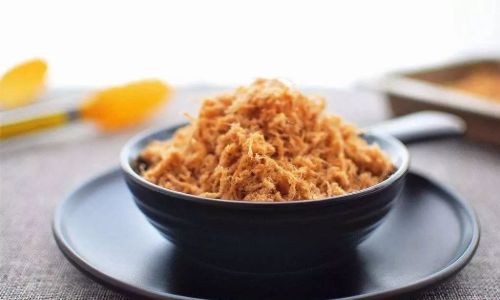
Moreover, the谣言 (rumor) that pork floss is made of cotton undermines the trust that consumers place in their food supply. Food safety and quality are paramount concerns for both manufacturers and consumers, and the spread of such rumors can erode public confidence in the food industry.
Consumer Awareness and Skepticism
In an era where misinformation can spread rapidly through social media and online forums, it’s important for consumers to remain vigilant and skeptical of unverified claims. When confronted with rumors about food products, consumers should seek out reliable sources of information, such as government agencies, food safety organizations, or reputable news outlets.
For those who are still unsure about the authenticity of pork floss, there are several steps they can take to verify its composition:
-
Check the Label: Look for clear and accurate labeling on pork floss packages that list the ingredients and country of origin.
-
Research Manufacturers: Investigate the background and reputation of the manufacturers to ensure they adhere to high standards of food safety and quality.
-
Trust Certified Products: Opt for pork floss products that have been certified by reputable food safety organizations or government agencies.
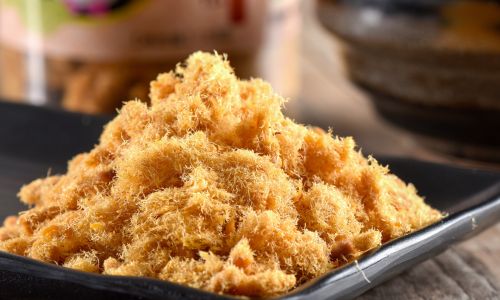
Conclusion
In conclusion, the rumor that pork floss is made of cotton is a persistent but unfounded claim. The production processes, economic realities, and scientific differences between pork floss and cotton make it clear that this rumor is without merit. Pork floss is a beloved culinary delight that has been enjoyed for generations, and its authenticity should not be questioned based on unverified claims. As consumers, we should remain vigilant and skeptical of misinformation, relying on reliable sources of information to make informed decisions about our food choices. By doing so, we can continue to enjoy the culinary traditions and innovations that enrich our lives and cultures.
In an era where food safety and transparency are paramount, it’s crucial for manufacturers, regulators, and consumers to work together to maintain trust in the food supply chain. By dispelling rumors and promoting accurate information, we can ensure that consumers have access to safe, high-quality food products that meet their expectations and reflect the rich diversity of our culinary heritage.
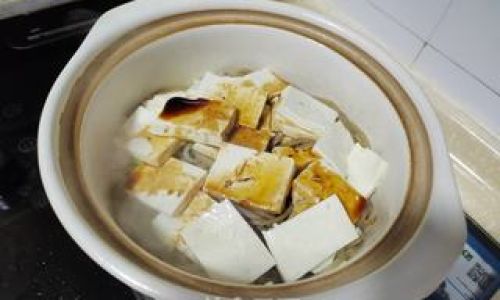
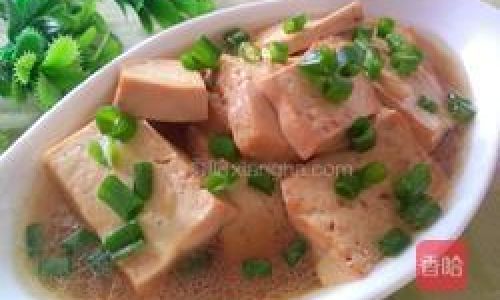
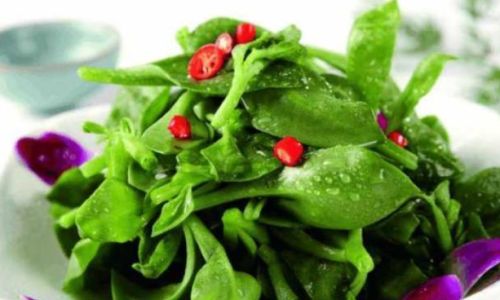
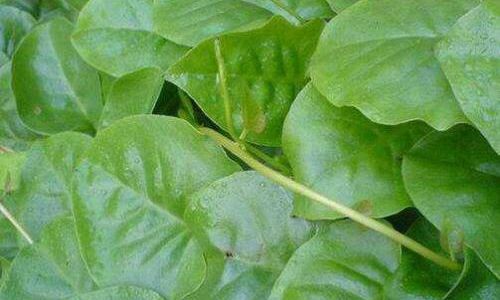

0 comments